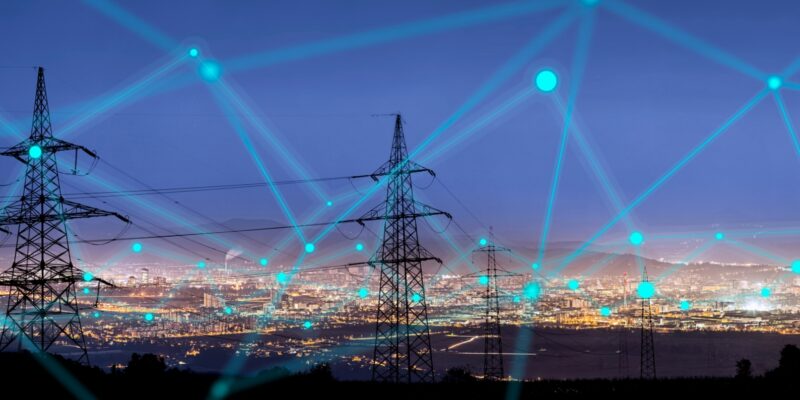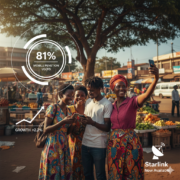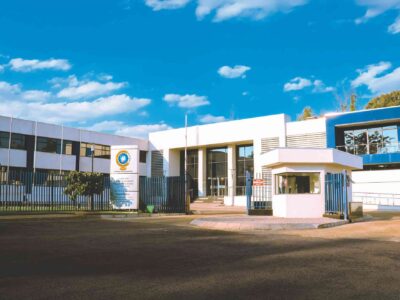Zimbabwe’s power sector has long been a subject of heated debate, with frequent blackouts, ageing infrastructure, and financial instability plaguing the state-owned Zimbabwe Electricity Supply Authority (ZESA). As the government grapples with how to revitalise the energy sector, the question of privatisation has taken centre stage. Proponents argue that private investment and competition could bring efficiency and innovation, while critics warn of potential exploitation and exclusion of the poor.
Supporters of privatisation, including think tank based in Zimbabwe focusing on private property rights advocacy, Coalition for Market and Liberal Solutions (COMALISO), argue that state-run monopolies like ZESA are prone to inefficiency, corruption, and political interference.
“Private firms have a higher demand for accountability thus tend to operate more efficiently than monopolistic state-run enterprises,” says Jabulani Chibaya, COMALISO Deputy Director.
“Monopolies are prone to inefficiencies and corruption.”
By Gamuchirai Mapako
According to experts, under private management, ZESA could adopt market-driven pricing, reduce wasteful subsidies, and attract much-needed investment for infrastructure upgrades.
Currently, ZESA holds a monopoly over Zimbabwe’s electricity sector and privatisation could introduce competitors, fostering innovation and better service delivery.
The energy sector is so monopolised that the word electricity in Zimbabwe is synonymous with ZESA. Drawing parallels with the telecommunications sector, liberalisation improved services. Privatisation leads to healthy competition which allows consumers to choose better or cheaper service providers.
Private players could also accelerate the adoption of renewable energy solutions, such as solar and mini-grids, reducing reliance on a single failing utility.
ZESA’s financial struggles have often required government bailouts, diverting funds from other critical public services. Privatisation would shift the financial burden to private investors while freeing up state resources for healthcare, education, and infrastructure.
Critics have also pointed to stalled projects like the Lupane Gas Project estimated to have the potential to generate 6,000MW and the failed Gwanda Solar Project as examples of mismanagement. A privatised system with transparent contracts and independent regulators could curb corruption.
Those in opposition argue that privatisation could prioritise profits over public welfare, leading to higher tariffs and exclusion of low-income households. And without oversight, privatisation has the potential to do so.
However, smart regulation such as targeted subsidies for the poor can mitigate this risk.
Speaking to Rejoice Ngwenya, the director of COMALISO, a tiered tariff structure that preserves lifeline tariffs for low-income households, cushioned by cross-subsidisation from higher-income and industrial users can ensure that privatisation doesn’t lead to unaffordable electricity tariffs for low-income households.
To ensure fair and transparent pricing without exploitative practices, a restructured Zimbabwe Energy Regulatory Authority (ZERA) must provide independent regulatory oversight. Social safety nets such as tailored vouchers or subsidies for vulnerable groups like rural residents, the elderly, and people with disabilities could be implemented through Treasury funding.
The arrangement has been likened to Netone or Econet’s data bundles, where one pays more for premium use but basics stay affordable.
Zimbabwe can also maintain the already existing lifeline electricity tariff designed to provide affordable electricity to low-income households, according to COMALISO. This tariff, implemented by ZESA, offers a subsidised rate for the initial consumption block, typically 50 kWh per month, to ensure basic electricity access. This structure safeguards against unaffordable electricity tariffs in low-income households.
Who the becomes the bulk purchaser?
If that power is left in the hands of the politically connected elites or foreign entities with little commitment to Zimbabwe’s development, privatisation could worsen inequality.
Zimbabwe’s neighbours, such as South Africa and Zambia, maintain state-controlled power utilities and liberalising ZESA while regional players remain state-run could create imbalances.
Some experts have also proposed a hybrid model: private generation and distribution, with ZESA retaining transmission control, similar to South Africa’s Eskom structure.
The government maintains a minority stake like Singapore’s Temasek model to ensure strategic oversight. The Zimbabwe Energy Regulatory Authority (ZERA) should also be strengthened to prevent price gouging and ensure fair access.
The debate over ZESA’s privatisation is not just about economics but about Zimbabwe’s future energy security. While privatisation offers potential benefits efficiency, investment, and innovation, it must be implemented carefully to avoid harming the consumers and ensure transparency.
Whether through full privatisation, partial liberalisation, or improved state management, Zimbabwe’s energy crisis demands urgent, well-considered solutions.
What remains clear is that the status quo is unsustainable. The question is not just whether ZESA should be privatised, but how to do it in a way that benefits all Zimbabweans.














Comments